Introduction to Rare Earth Ion Doping
The fascinating world of optical crystals is made even more intriguing through a process called rare earth ion doping. This procedure is instrumental in creating lasers, the light sources that power our modern world in areas such as scientific research, industry, and medicine. A key player in this field is neodymium, a rare earth element. We’ll be examining five common neodymium ion-doped crystals in this article.
The Quintessential Five: Nd-Doped Crystals
There is a range of neodymium-doped crystals utilized across industries, each boasting unique characteristics. Let’s delve into the most common ones: Nd:YAG, Nd:YAP, Nd:KGW, Nd:YCOB, and Nd:GGG.
Nd:YAG – The Versatile Performer
The Nd:YAG (Neodymium-doped Yttrium Aluminum Garnet) crystal is a cornerstone in the world of solid-state lasers. Its uses span various fields, from scientific research to medicine and industry.
Exceptional Characteristics of Nd:YAG
Neodymium-doped Yttrium Aluminum Garnet, otherwise known as Nd:YAG, is truly a versatile star in the world of laser technology. Its robustness and physical toughness make it a highly durable crystal, resistant to most environmental impacts. This resilience is particularly beneficial in varied operating environments, be it laboratories or industrial settings.
Superior Optical Properties
The optical properties of Nd:YAG further contribute to its wide application. Its high quantum efficiency and broad absorption band enable it to absorb pump light effectively, resulting in a higher output laser beam. The flexibility of Nd:YAG is showcased in its suitability for various types of lasers, including continuous wave, Q-switched, and mode-locked lasers.
Medical Applications of Nd:YAG
One of the most notable applications of Nd:YAG is in the medical field. It is employed in precise surgical procedures, like laser eye surgery, due to its ability to generate high-intensity, focused laser beams. Moreover, Nd:YAG lasers are used for cosmetic treatments such as laser hair removal and skin resurfacing.
Industrial Uses of Nd:YAG
In the industrial sector, the utility of Nd:YAG lasers extends to cutting, welding, and drilling a variety of materials, from metals to ceramics. The high precision and efficiency of these lasers make them a preferred choice for these applications.
Nd:YAG – A Testament to Utility
In conclusion, Nd:YAG is a testament to versatility in the field of laser technology. Its unique properties and wide range of applications, from the operating room to the factory floor, affirm its immense utility.
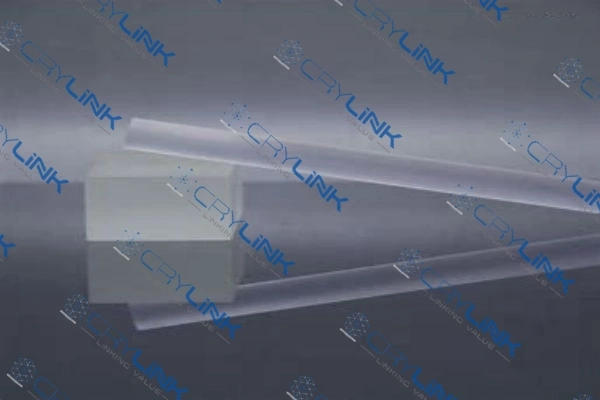
Nd:YAP – The High Power Specialist
Next up is Nd:YAP (Neodymium-doped Yttrium Aluminum Perovskite), a crystal known for its excellent thermal properties. It plays a crucial role in high power lasers used in scientific research and industrial applications.
Introduction to Nd:YAP
Neodymium-doped Yttrium Aluminum Perovskite (Nd:YAP) is another neodymium-doped crystal making waves in laser technology. Its strength lies in its excellent thermal properties, setting it apart as a high-power specialist. Nd:YAP is especially used in situations demanding high power output and stability.
Emission Wavelength and Spectral Properties
Nd:YAP operates at a longer emission wavelength than many other neodymium-doped crystals, specifically at 1.34 µm. This longer wavelength, coupled with the crystal’s low lasing threshold, allows for efficient energy conversion and high-powered laser output. Moreover, the spectral properties of Nd:YAP provide better beam quality, contributing to its use in high power lasers.
The Bright Future of Nd:YAP
Looking ahead, the exceptional characteristics of Nd:YAP promise a bright future for this crystal in the field of laser technology. Its high-power handling capacity, excellent thermal properties, and precise beam quality ensure its continued prominence in scientific and industrial applications. Its ever-growing relevance solidifies Nd:YAP’s position as a high power specialist in the world of neodymium-doped crystals.
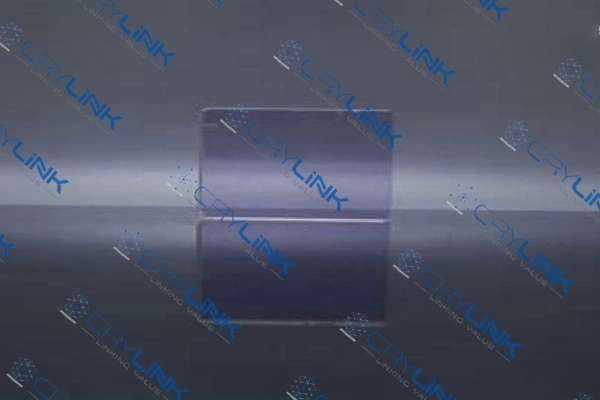
Nd:KGW – The Flexible Choice
The Nd:KGW (Neodymium-doped Potassium Gadolinium Tungstate) crystal is remarkably versatile. It is used in continuous wave, pulsed, and ultrafast lasers, thanks to its high thermal conductivity and broad transparency range.
Enabling Advanced Laser Technology
Nd-doped crystals have a profound influence on modern technology, largely through their role in the evolution of laser technology. The unique properties of neodymium-doped crystals, like high quantum efficiency, broad absorption bands, and a variety of emission wavelengths, have enabled lasers to become more powerful, efficient, and versatile. This advancement in laser technology has led to significant improvements in various sectors, from manufacturing and medicine to telecommunications and research.
Revolutionizing Manufacturing and Industry
In the manufacturing and industrial sectors, Nd-doped crystals have significantly increased the efficiency and precision of processes. High-power lasers using Nd:YAG and Nd:YAP crystals have transformed the way we cut, weld, and drill materials. This has resulted in increased production speeds, reduced waste, and improved product quality, contributing to a more sustainable and efficient manufacturing industry.
Advancing Medical Procedures
In the medical field, lasers with Nd-doped crystals have revolutionized surgical procedures. The high precision and controlled power of Nd:YAG lasers, for instance, have enabled less invasive surgeries, leading to quicker patient recovery times and reduced risks of complications. Furthermore, the use of such lasers in cosmetic procedures has opened new possibilities in dermatology and aesthetic medicine.
Enhancing Telecommunications and Research
Nd-doped crystals have also played a critical role in enhancing telecommunications. The high-speed and high-capacity data transmission enabled by these crystals have greatly improved the performance of fiber-optic communication systems. In the field of research, these crystals have paved the way for high-powered lasers used in a wide range of scientific applications, from particle acceleration to nuclear fusion research.
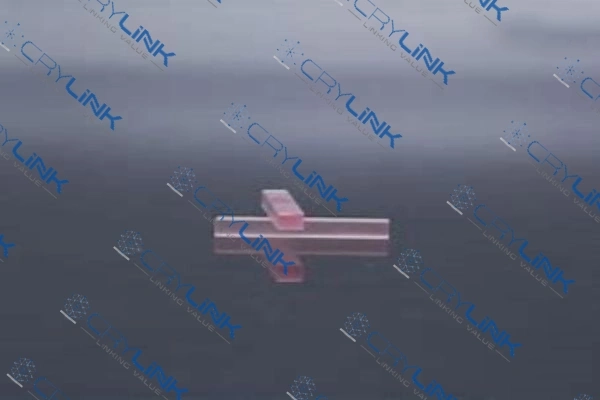
Nd:YCOB – The Frequency Convertor
Nd:YCOB (Neodymium-doped Yttrium Calcium Ox borate) is favored for its superior nonlinear optical properties. This crystal is commonly found in lasers for frequency conversion.
Introduction to Nd:YCOB
Neodymium-doped Yttrium Calcium Ox borate, or Nd:YCOB, is a neodymium-doped crystal that stands out for its excellent nonlinear optical properties. This makes it an exceptional frequency converter, adept at converting the frequency of incoming light to higher or lower frequencies depending on the application’s requirements.
Nonlinear Optical Properties of Nd:YCOB
The uniqueness of Nd:YCOB lies in its large nonlinear coefficients, which are larger than many other crystals used in laser technology. These coefficients are indicative of a material’s ability to interact with light in a nonlinear manner, leading to phenomena such as frequency doubling, tripling, or mixing. The larger the nonlinear coefficient, the more efficient the frequency conversion process, making Nd:YCOB an exceptional performer in this regard.
Other Beneficial Properties of Nd:YCOB
Aside from its frequency conversion capabilities, Nd:YCOB also showcases high thermal stability, good mechanical properties, and broad transparency range. These properties further contribute to its utility in demanding applications, adding to its reliability and performance under different operating conditions.
The Role of Nd:YCOB in Modern Technology
In conclusion, Nd:YCOB, as a frequency converter, plays a pivotal role in modern technology. Its excellent nonlinear optical properties, combined with other beneficial characteristics, make it invaluable in various high-tech applications. Whether it’s enabling ultraviolet lithography in semiconductor manufacturing or facilitating advanced biomedical research, Nd:YCOB continues to showcase its vital role in driving technological innovation.
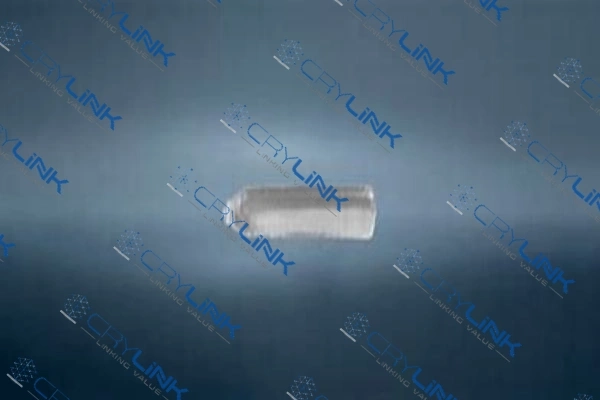
Nd:GGG – The Magneto-Optical Favorite
Finally, we have Nd:GGG (Neodymium-doped Gadolinium Gallium Garnet). Known for its high Verdot constant, this crystal is highly effective at rotating the polarization of light in response to a magnetic field. It’s typically used as a substrate for magneto-optical films.
Introduction to Nd:GGG
Neodymium-doped Gadolinium Gallium Garnet, or Nd:GGG, is an indispensable player in the world of laser technology due to its magneto-optical properties. Known for its high Verdot constant, Nd:GGG interacts with light in the presence of a magnetic field in a way that few other crystals can.
Understanding the Verdot Constant
The Verdot constant is a measure of the strength of a material’s magneto-optical effect, which is the rotation of the plane of polarization of light as it passes through the material under the influence of a magnetic field. A higher Verdot constant indicates a stronger magneto-optical effect. Nd:GGG, with its high Verdot constant, shows superior performance in this regard, making it a favorite for magneto-optical applications.
Other Properties of Nd:GGG
Aside from its magneto-optical properties, Nd:GGG also exhibits high thermal conductivity, good chemical stability, and broad transmission range. These characteristics contribute to the crystal’s overall performance, allowing it to function efficiently under a wide range of operating conditions.
The Importance of Nd:GGG in Modern Technology
In conclusion, Nd:GGG holds a unique position in modern technology due to its excellent magneto-optical properties. It is the go-to material for the creation of critical laser components, ensuring the reliable operation of high-power lasers. Whether in scientific research, medical procedures, or industrial applications, Nd:GGG continues to play an indispensable role in shaping our technological landscape.
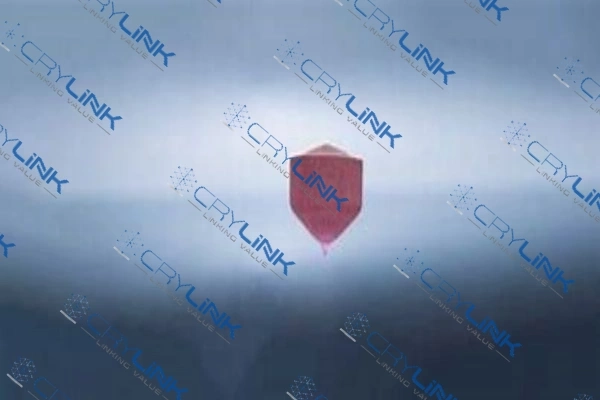
Conclusion
In summary, neodymium ion-doped crystals, through their varied and unique properties, have become irreplaceable in modern laser technology. Whether it’s the versatile Nd:YAG, the high power specialist Nd:YAP, the flexible Nd:KGW, the frequency converter Nd:YCOB, or the magneto-optical favorite Nd:GGG, each plays a pivotal role in shaping the technological landscape. As we look towards the future, the significance of these crystals is poised to continue growing in tandem with technological advancements.
FAQs
- What is rare earth ion doping?
Rare earth ion doping is a process where a crystal’s structure is modified by incorporating ions of rare earth elements to improve its properties. - What is the role of neodymium in laser crystals?
Neodymium is used as a dopant in laser crystals, enhancing their ability to absorb and emit light, which in turn amplifies their lasing capacity. - How is Nd:YAG used in the medical field?
Nd:YAG is used in various medical procedures, including surgeries and cosmetic treatments due to its unique properties. - What makes Nd:YAP suitable for high power lasers?
Nd:YAP has excellent thermal properties, which make it an ideal choice for high power lasers used in scientific research and industrial applications. - What is the importance of the Verdot constant in Nd:GGG?
The Verdot constant is a measure of the effectiveness of light polarization rotation in response to a magnetic field. Nd:GGG has a high Verdet constant, making it suitable for use as a substrate in magneto-optical films.

Frank
Frank graduated from the University of Shanghai for Science and Technology, majoring in optics. As a technical engineer at Crylink Company, he deeply understands crystal materials and laser components.
Related Video(s) with this Article
Related Application(s) with this Article





